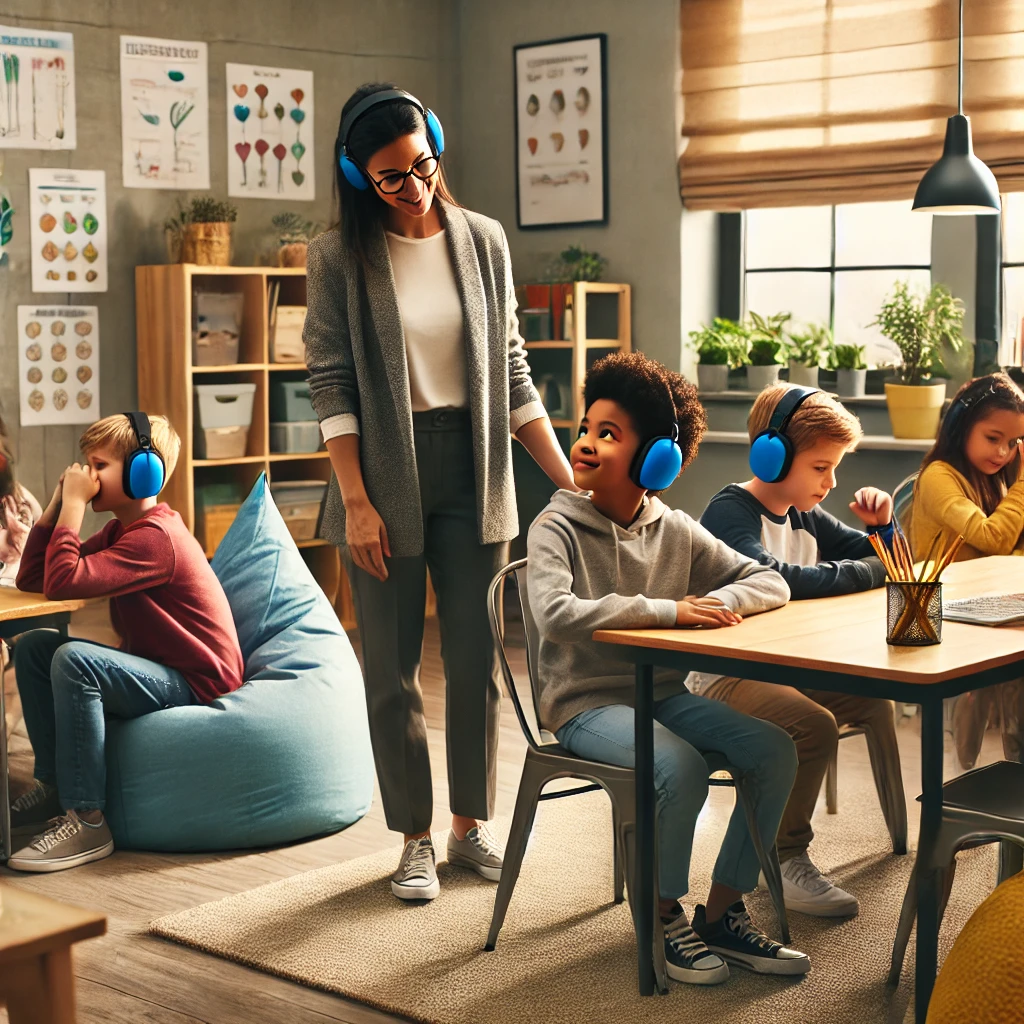No products in the cart.

Rethinking the Classroom: Supporting Neurodivergent Students in Pre-College Education
In today’s classrooms, diversity goes far beyond culture, language, or socioeconomic status. Neurodivergence, a term that includes conditions such as ADHD, autism spectrum disorder, dyslexia, and others, reminds us that not all minds learn, process, or engage in the same way. For educators and school staff, this reality calls for more than just awareness. It requires intentional, compassionate adaptation in how schools teach, communicate, and support every student.
Understanding Neurodivergence
Neurodivergence describes variations in the human brain that affect how individuals think, learn, and behave. These differences are not deficits. Rather, they are unique ways of experiencing and interacting with the world. For some students, this may mean needing more structure, fewer distractions, or different communication styles. For others, it might mean excelling in creative or analytical tasks while struggling with time management or social interactions.
Each neurodivergent student is unique, but they often face shared barriers in traditional school systems. These include rigid expectations, standardized testing, and classroom environments not designed with sensory or cognitive differences in mind.
Why Traditional Approaches May Fall Short
Most classrooms still rely heavily on lecture-based teaching, timed tests, and behavior management systems that reward conformity. These methods can create environments that feel overwhelming or inaccessible to neurodivergent learners. For example, a student with autism might be distracted or distressed by fluorescent lighting or loud group activities. A child with ADHD may find it difficult to sit still or focus during long lessons, which could lead to misinterpretation of their behavior as defiance or disinterest.
Without the right support, these students may become disengaged, underperform academically, or face disciplinary actions for behaviors linked to their neurodivergence.
Practical Ways Schools Can Support Neurodivergent Students
- Flexible Learning Environments
Offer options for how students can engage with material. This could include audio versions of reading assignments, visual aids, hands-on projects, or time to process and respond in written form rather than verbally. - Sensory-Friendly Classrooms
Reduce sensory overload by providing quiet zones, allowing headphones or fidget tools, and being mindful of lighting and noise levels. - Reframing Behavior
Instead of viewing behavioral challenges as problems to correct, see them as communication. Ask what the student might be experiencing and how the environment can be adjusted. - Clear and Compassionate Communication
Use direct, concrete language and check for understanding. Offer schedules, visual cues, and advance notice of transitions when possible. - Training and Professional Development
Regular training for teachers and staff on neurodiversity can shift school culture toward more inclusive practices. This includes learning about bias, trauma-informed teaching, and individual education plans (IEPs). - Collaboration with Families
Parents and caregivers are essential partners. They often know what works best for their child and can provide insight that informs more effective strategies.
Building a Culture of Inclusion
Supporting neurodivergent students is not only about academic achievement. It is also about belonging. When students feel understood and accepted, they are more likely to engage, grow, and thrive. Creating inclusive classrooms benefits all students by promoting empathy, flexibility, and collaboration.
By rethinking how we define success and shifting our methods to meet students where they are, educators can help neurodivergent learners feel seen and supported. The result is a stronger, more inclusive educational environment where every student has a chance to shine.
Sources:
- National Center for Learning Disabilities. (2023). The State of Learning Disabilities
- Understood.org. (n.d.). Neurodiversity in the Classroom
- Autism Speaks. (2024). Educational Resources for Educators



